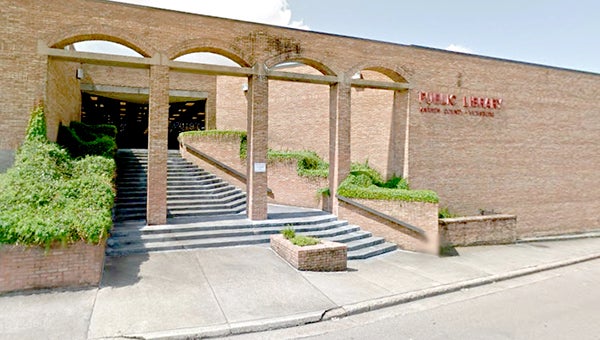History is thankfully well-preserved
Published 6:11 pm Friday, June 14, 2019
For some, Champion Hill and Fort St. Pierre are just names on a map of Warren and Hinds counties, but both places are important chapters in our area’s history.
And thanks to the actions of two property owners, they will be preserved for future generations to visit and learn about the people who helped develop this area.
Wednesday, the National Park Service announced the Mississippi Department of Archives and History received a $109,806 grant from the Park Service’s American Battlefield Trust to preserve a section of the Champion Hill Battlefield by purchasing a 58-acre tract of land known as the Cal-Maine Foods Tract.
“The land the Battlefield Trust plans to set aside with that grant is a key portion of the battlefield, and along a section of road that connected the two parts of the Confederate and later two parts of the Union line,” said Bill Justice, Vicksburg National Military Park superintendent.
“Preserving that portion of the battlefield for future generations is an important step.”
The Battle of Champion Hill was a major battle in Gen. Ulysses Grant’s effort to take Vicksburg. The battle occurred May 16, 1863. It ended when the Confederate forces were crushed and forced to retreat to Vicksburg. The retreat led to the siege of Vicksburg.
June 4, Dr. Raymond Baker, a retired veterinarian from Natchez, donated 10.6 acres of land at the site of Fort St. Pierre to the Archaeological Conservancy, a nonprofit organization that identifies, acquires, and preserves the most significant archaeological sites in the United States.
Built in 1719 near Mississippi 3 north of the Redwood community to deter English traders from challenging the French sphere of influence, Fort St. Pierre was occupied for 11 years before an uprising among members of the Natchez tribe in 1729 attacked it, massacred the inhabitants and burned it to the ground.
“The most important thing is that with ownership transferred from the Baker family to the Archaeological Conservancy that assures that the national historic landmark will be protected,” said Dr. Fred Brieur, chairman of the Fort St. Pierre Tercentenary Planning Commission.
With many other historic areas across the country falling prey to development, it’s good to know these two very important parts of our history will be preserved. All the parties involved in these land transactions should be commended for their efforts to preserve them.





